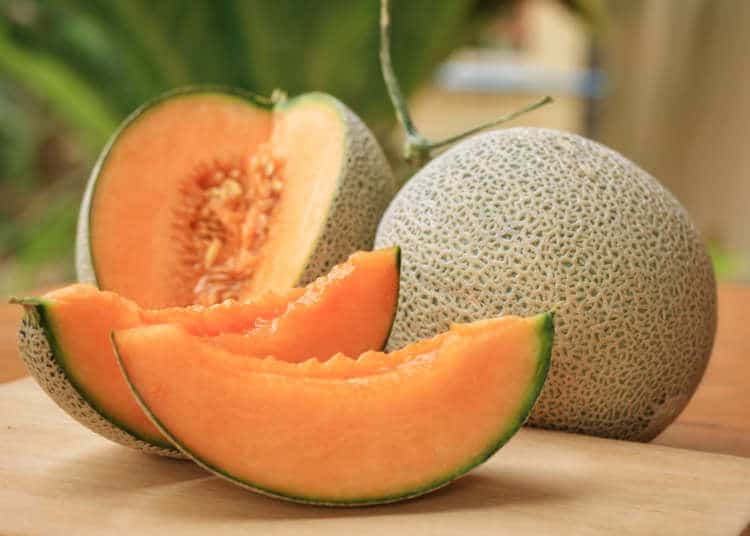4 Best Fruits To Eat After 50, Says Dietitian
Don’t fear fruit in your later years, it can actually help you age gracefully.
Fruit has gotten a bad reputation for being high in sugar, but there are many benefits of fruit that impact our health in the second half of life!
Aging has unique considerations from a nutrition perspective. We want to preserve muscle mass, keep metabolism high, and prevent or manage disease as well as we possibly can.
Fruit contains a handful of essential nutrients and vitamins. Primarily, it contains carbohydrates in the form of fructose and fiber. Carbohydrates are a quick source of fuel that get digested quickly in comparison to other macronutrients like protein and fat.
Further, the risk for chronic disease and elevated lab markers is higher in the second half of life. This includes high cholesterol, elevated blood sugar, and blood pressure. Some fruits offer a winning combo of nutrients to help prevent chronic disease!
So, what are those fruits? Let’s dive in! Read on, and for more, don’t miss 5 Best Vegetables To Eat After 50, Says Dietitian.
1. Raspberries

All berries are especially rich in fiber and low in sugar per cup, but raspberries take the cake with eight grams of fiber per serving.
Raspberries are high in soluble fiber, which is particularly useful in reducing cholesterol. Soluble fiber pulls water into the digestive tract and binds cholesterol during digestion to help remove it from the body.
Lower cholesterol levels are associated with a decreased risk for heart disease and diabetes, and our risk for these two health conditions increases with age.
Incorporate a serving of berries into your day as part of breakfast on oatmeal or cereal or as a snack paired with a handful of nuts.
2. Green Apples

Apples are a perfect portable snack. High in fiber and low in sugar, this fruit is naturally pre-packaged and ready to go.
Green apples are lower in sugar and have a smaller impact on blood sugar, which is important because balanced blood sugars keep our energy levels stable and may decrease our risk for diabetes or pre-diabetes later in life.
Pairing your fruits with a protein and fiber source, like nuts, is a great way to better influence blood sugar—regardless of the type of fruit you choose!
3. Oranges

Oranges are another easy-to-pack fruit that offers a key nutrient for our blood pressure: potassium.
Potassium and sodium work together to balance blood pressure: sodium can increase blood pressure, and potassium works to decrease it!
Managing blood pressure decreases our risk for cardiovascular diseases like a heart attack or stroke.
Thus, choosing high-potassium fruits may decrease blood pressure over time when combined with other lifestyle changes like exercise, stress management, and nutrition changes.
4. Melon

Melon is high in vitamin C and water and offers a huge benefit to the health of our skin. Melon is the most hydrating fruit and many types of melon clock in above 90% water.
Vitamin C works together with collagen to keep our skin looking firm as we age. Staying hydrated has a huge effect on our skin by improving its elasticity, preventing dryness, and keeping skin clear.
Our skin is helpful in removing toxins from our system, and water helps flush those out.
The benefits of staying hydrated reach beyond our skin health too. Our brain function, nervous system, and joints all function more optimally when we are well-hydrated!
Copyright © Eat This, Not That! 2022 . All rights reserved.






